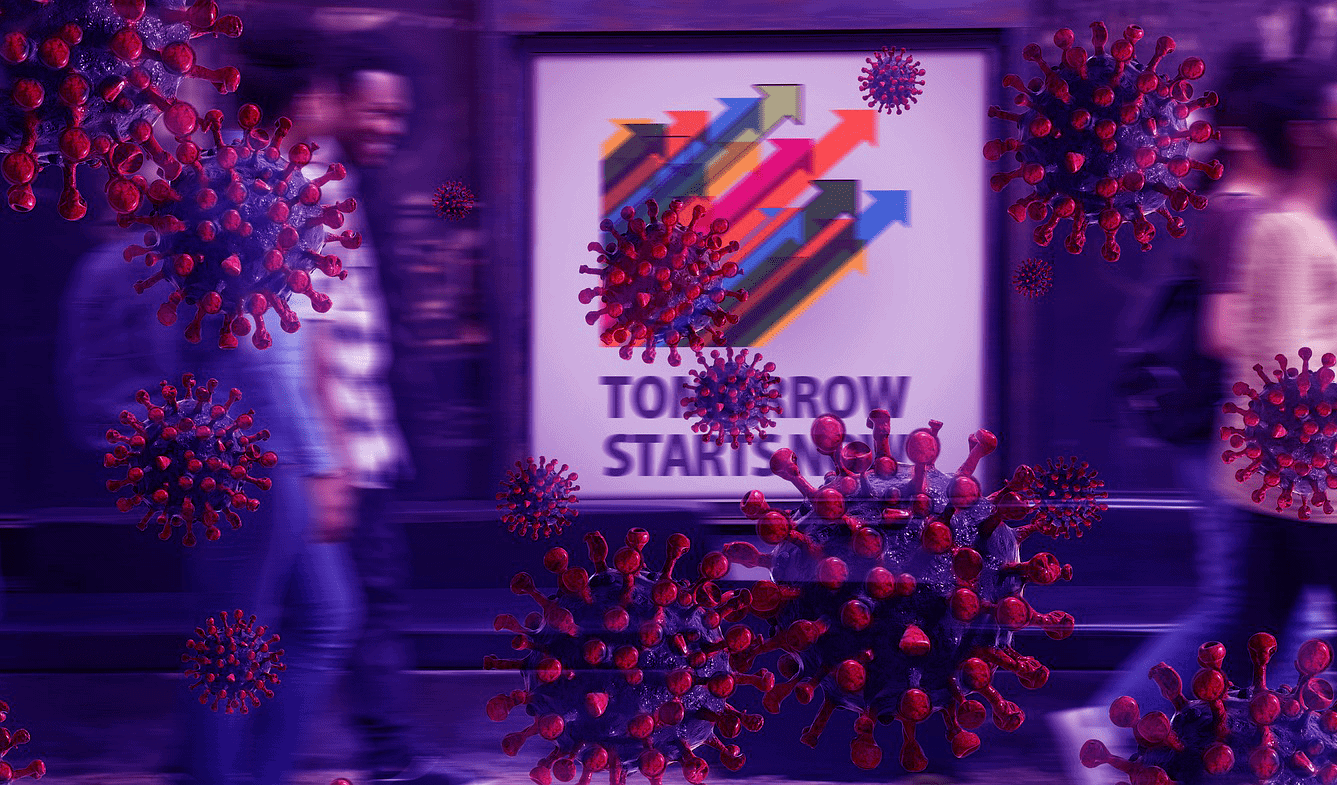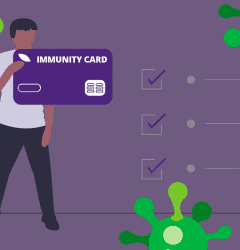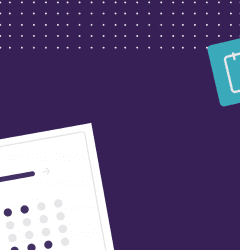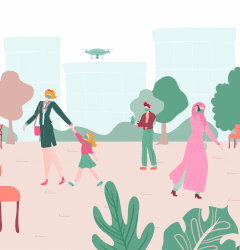07 Feb

Operating an efficient COVID-19 vaccine scheduling campaign: Tips from RSVPify’s front-line partners
For the past month, RSVPify has proudly partnered with COVID-19 vaccine providers across the United States to help “get shots into arms” and restore a semblance of safety and security for millions of Americans.
We’ve been privileged to work hand-in-hand with our partners in navigating the many complexities in vaccine scheduling and administration logistics — and working to deliver (and build new) ways that RSVPify can help. Quite simply, our partners represent a cross-section of the front-line heroes working tirelessly to save lives by delivering vaccines as safely, efficiently, and equitably as possible.
Continuing to learn and adapt COVID-19 vaccine appointment scheduling strategies will be essential in the gradual and hopeful return to a sense of normalcy. In the course of RSVPify’s work with vaccine providers, we’ve heard of some great ideas and solutions around how providers are addressing the unprecedented logistical and procedural challenges inherent in administering an efficient COVID-19 vaccination campaign.
We hope sharing these learnings can inspire similar solutions and optimizations for vaccination providers globally as we continue our shared work of getting vaccines to every global citizen who wants them, as soon as possible.
The following should not be considered recommendations or guidelines, but instead strategies already being used on the front lines that could inspire ideas to optimize your own organization’s vaccine scheduling campaign at scale.
Communicating Vaccine Scheduling and Availability Information
While the number of vaccinations administered daily in the U.S. is rapidly increasing, many ordinary Americans are struggling to find out about vaccine availability in their communities. Some hopeful recipients spend their days visiting multiple different provider websites, hoping to find a coveted available appointment. Others are turning to website monitoring solutions to monitor and get alerts about COVID-19 vaccination appointment availability in their area.
Vaccine providers have a few good ideas to follow to help in outreach efforts to potential registrants:
- Omni-channel communication – communicating clear and specific vaccine scheduling guidelines through a coordinated outreach strategy (traditional media, social media, government bulletins, etc.) offers a chance to build trust for vaccines.
- Provide avenues for questions and support – potential recipients have plenty of questions about safety and logistics they want answered before arriving for their first dose. Getting these questions answered (either through detailed websites or interactions with registrants) can help encourage buy-in from the surrounding community.
- Create a pre-registration portal: Vaccine recipient hopefuls are eager to take next steps and be confident that they will be notified when vaccine appointments are available for their phase. Create a pre-registration form to collect key eligibility information, and be able to readily notify newly-eligible recipients when it’s their turn to schedule their vaccination appointment. In the event your organization has excess supply, a list of pre-registrants can allow you to quickly notify pre-registrants of availability and ensure precious doses don’t go unused.
Managing Vaccination Queues On-Site
Managing queues on-site can present another host of logistical challenges — particularly as some recipients may arrive to their appointment well earlier than expected, resulting in a shortage of available space in some cases.
- Avoid lines: Where possible, utilize a large, open space with numbered individual seats and/or waiting areas. Space these numbered waiting areas as much as possible, and assign recipients a number as they arrive (if using RSVPify, you can “tag” recipients with this number assignment). Avoiding long and congested in-person wait times is the goal, especially among recipient populations that may require seating or easy access to bathrooms as they wait.
- SMS notifications: Recipient lists and their associated “tags” (e.g. vaccine manufacturer, phase, appointment time slot, etc.) can be readily exported from RSVPify or similar vaccine scheduling apps and imported into a 3rd-party SMS platform. This option allows recipients to wait in their car, and provider staff can send SMS notifications when it’s time for a given recipient or batch of recipients to receive their vaccination.
- Drive Through Vaccinations: If operating a drive through site, consider requiring license plate number and vehicle make and model to readily identify recipients as they arrive on-site.
Scheduling the Second Dose
Currently approved COVID-19 vaccines in the U.S. require two doses for optimal efficacy. Scheduling a recipient’s second dose in the requisite timeframe presents a unique logistical challenge. Here’s how some vaccine providers are navigating this complexity.
- On-site scheduling: Require first dose recipients to schedule their second dose appointment while they are in observation following their first dose. Enlist staff to help schedule recipients who don’t have smartphone or need assistance. Provide a link or QR code to scan for more tech-savvy recipients to schedule their own second dose while they are waiting to be released.
- Invite to schedule second dose by email: An alternative approach is to email first dose recipients an exclusive link to schedule their second dose as the time approaches.
At RSVPify, we’ve heard repeatedly that vaccine recipient hopefuls are eager to be flexible, and willing to clear their schedules to make their first and second vaccination appointments.
Vaccine provider’s advice? Focus on efficiency and process, and not on accommodating individual schedules.
Managing Unpredictability in Vaccine Supply and Scheduling
Vaccine providers have reported that they may unexpectedly receive additional doses. In other cases, they may receive fewer doses than anticipated to serve a given scheduling block.
Providers should choose a vaccine appointment scheduling system that allows for flexibility. Vaccine administrators may need to be able to add additional capacity on a day-by-day basis, or scale back availability to mitigate the potential for mass cancelation.
Collecting Essential Recipient Information
- Email Address: Most vaccine scheduling software requires email by default, in order to send confirmation emails and calendar invitations. The ability to quickly email select vaccine recipients or recipients en masse (all those scheduled to receive their vaccine on a given day, for example) is essential in case of an urgent update or last-minute vaccination site change.
- Phone Number: Not all recipients have an email address, especially among elderly populations. Some recipients may use a friend or family member’s email address when scheduling their vaccine appointment online. Collection of a phone number ensures your organization can reach recipients in one way or another with critical updates or appointment cancelations.
- Mobile Phone Number: Requesting a mobile phone number allows vaccine providers to import a list of recipients into a mass SMS platform, and keep recipients informed by SMS.
- If you choose to use RSVPify as a vaccination scheduling solution, you can tag recipients and import your recipient’s mobile number and tags to allow for SMS updates or alerts when it’s a recipient’s turn in line.









